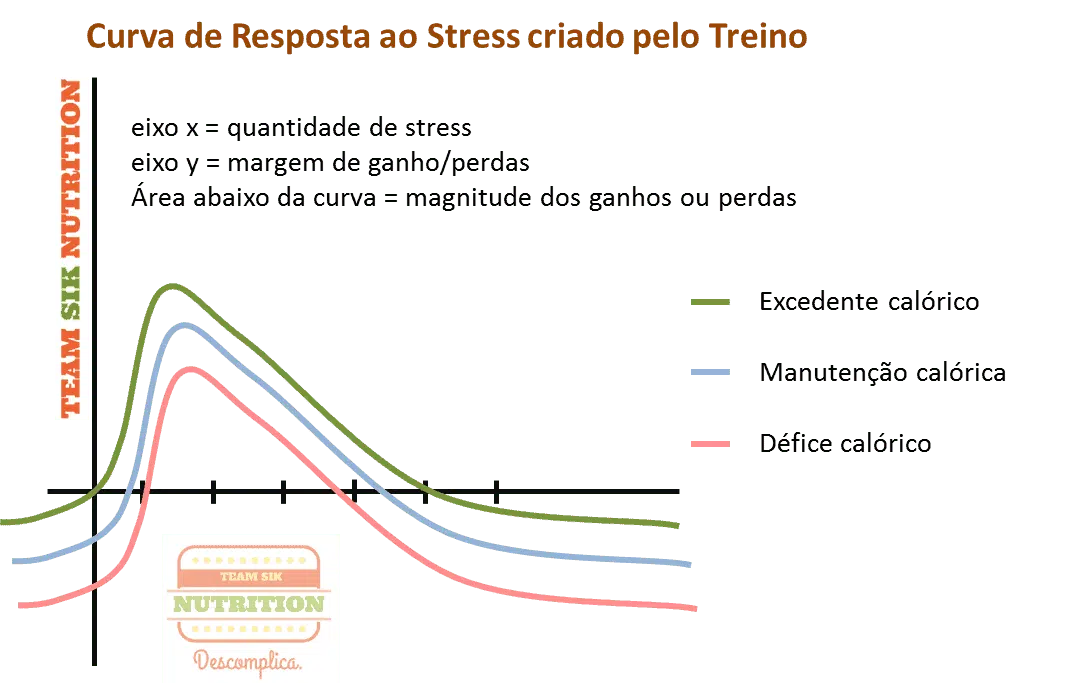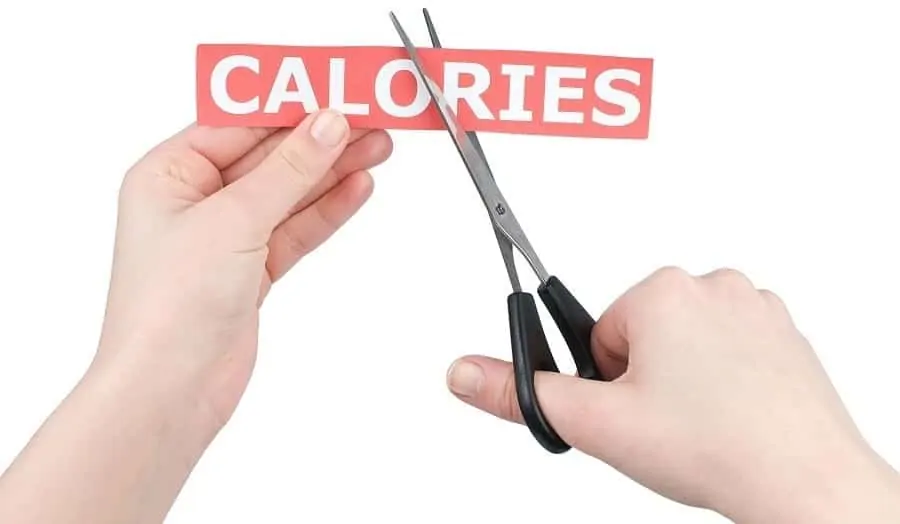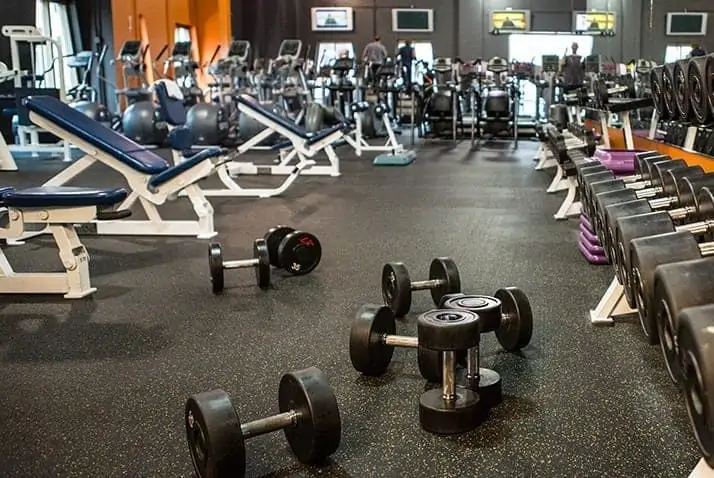Discover the best way to approach the muscle definition phase here
From cute fat to hot skinny, the question everyone asks is what changes they should make when they enter the definition phase.
In general, people tend to complicate this transition.
In terms of diet, it is almost obvious that if we want to lose fat, we will need to lose some weight, and to do that we will have to start eating less.
As discussed in the article Pyramid of Metabolism, one of the factors in our energy balance is the calories burned during training.
It is important to create a calorie deficit to promote fat burning.
But what about training?
First of all I will focus on bodybuilding training for the muscle definition phase.
When we have a caloric intake above our daily maintenance requirement, we are in caloric surplus, which in itself allows us to have more energy available.
It is this extra energy that allows us, in general, to have longer training sessions and recover more quickly from them.
In other words, the weekly training volume, per muscle group, may be greater during a caloric surplus.
The blue line represents maintenance calories, the magenta line below the blue line represents a calorie deficit, and the green line represents a calorie surplus.
Analyzing the aforementioned graph, it is possible to observe that in a calorie deficit it is impossible to gain muscle mass at the same rate as possible in a calorie surplus.
Furthermore, it is very unlikely that they will be able to withstand and benefit from the same training volume as they would in a calorie surplus.
In a calorie deficit, it is much easier to indulge in excess work, that is, so-called overtraining.
Does that mean I should reduce my training volume?
Like the answers I give in all articles, I can tell you that it depends.
If weight and fat loss has a primary aesthetic focus, then the priority will be to maintain (or in the case of a miracle, gain) as much muscle mass as possible.
In this sense, we should also pay attention to the impact of including cardiovascular training.
Given the above, we have three possible scenarios to create a calorie deficit in order to maintain muscle mass.
Hypothesis 1? Decrease calories to create a deficit
If a calorie deficit has been created by reducing calorie intake, then the focus of the training plan should be to maintain adequate strength and volume in order to preserve as much muscle mass as possible.
This is usually where major flaws are seen.
It is common to see many people who follow a high-volume training plan during bulking, and who suddenly switch to low-rep, low-volume training, the focus of which is maintaining strength to ensure they maintain muscle mass.
Maintaining most of our strength is a good indication of maintaining muscle mass, however, will the reduction in training volume affect our weekly caloric expenditure? burning fewer calories during training? and we also end up, possibly, not promoting sufficient training volume to preserve muscle mass.
Example. Alberto is a bulk athlete who achieved his peak performance with high volume training. Performed 6 sets of bench press, 10 repetitions with a load of 80kg.
When the moment came for the cut, Alberto was in doubt as to which plan to follow.
Let us imagine two possible paths.
He maintained the same type of training, slightly reducing the number of sets.
Alberto's focus will be on maintaining 80kg for the possible repetitions, which we imagine will be around 8 due to the caloric reduction, and he will focus on doing 4-5 sets.
The volume in the bench press exercise in this case would be 5x8x80 = 3200kg.
Changed the type of training to something like 5×5.
Alberto's focus will be on doing 100kg for 5 repetitions. Furthermore, if you can maintain strength, you think you are maintaining all your muscle mass.
The volume in the bench press exercise here would be 5x5x100 = 2500kg.
As can be seen in this example that we have just described, maintaining the same training structure, and losing some repetitions in performance, the first approach allows for a higher total training volume, and for our aesthetic focus, it will also burn more calories and promote more hypertrophy.
If Alberto opted for the 5×5 option, it wouldn’t be completely wrong, however, if fat loss is focused on aesthetics and not on demonstrating maximum strength, it is faster to recover from an 80kg bench press than from a 100kg bench press. .
If we apply these examples to more exhausting exercises, such as squats or deadlifts, the fatigue factor is even more preponderant.
Hypothesis 2? Increase caloric expenditure through exercise (maintaining calories)
Let's imagine we are talking about someone who has no deadline, such as a photo shoot or a competition, or someone who is not willing to reduce their caloric intake too much.
If you are a person who has done low-volume training, we can create a deficit by increasing physical exercise, increasing caloric expenditure.
Therefore, adding more sets, repetitions and/or exercises to the previous training will allow you to increase your caloric expenditure.
Unfortunately this technique is most often poorly implemented.
Taking the previous case, I am not referring to going from a 3×5 style training to a 4×15 training, but rather that it is crucial to have a gradual increase in sets and/or repetitions, within the same training approach that was being used.
An extremely important factor is recovery, which must be taken into consideration, and if increases in total training volume are limited, so is our recovery capacity.
While this approach may be viable, it ends up being limited to a certain extent, and as such, we will move on to the next hypothesis, which addresses a more common technique.
Hypothesis 3? Decrease calories to create a deficit and increase caloric expenditure
Combining what was described in the previous hypotheses, we will create a deficit by reducing calorie intake and increasing calorie expenditure through training.
After choosing hypothesis 1 or hypothesis 2, this should be the next step.
Making all the changes simultaneously does not give us enough granularity to evaluate the impacts of the changes we made.
Furthermore, if we apply everything at the beginning, what will we apply when we stagnate?
After all, what method should I use?
In my opinion, the best method initial is hypothesis 1.
Create a calorie deficit in your diet and maintain weight training as frequently/weekly as possible, in order to recover adequately between workouts, instead of starting to add more weight training and/or cardio training right from the start.
As soon as progress stagnates, readjust the deficit in hypothesis 1, or proceed to hypothesis 3, where in addition to the deficit we increase weekly caloric expenditure.
In order not to affect bodybuilding training, moderate doses of cardio could possibly be introduced, with slight daily reductions in calories (only when stagnant).
Initially, 1-2 weekly cardio sessions, lasting 30 minutes and of moderate intensity, will be sufficient and initial adjustments to the diet, in the order of 150-250 kcal per day, depending on your weight, would be a good start.
As the analysis of situations and adjustments must be slight, we should not put “all the meat on the roaster”.
Weight training is very important for maintaining muscle mass, by creating a stimulus to signal that we need that muscle mass.
Additionally, strength training burns almost as many calories as cardio, or perhaps even more.
Does this mean I don't need to do cardio?
The most important component for Muscular hypertrophy, is the training volume (sets x repetitions x weight).
As such, if we want to maintain muscle mass, we have to do as much volume as possible, capable of recovering between workouts.
So why not train 7x a week, 3 hours a day, with a calorie deficit and stay in your best shape?
Because for every calorie spent on training, weight training generates much more fatigue than cardiovascular training, making adequate recovery very difficult, or almost impossible.
Thus, it becomes more evident why cardiovascular training is a good way to burn a considerable amount of calories, without greatly affecting bodybuilding training and recovery.
Conclusion
When deciding to enter a fat loss phase, both diet and training must be taken into consideration.
Maintaining/increasing training volume and reducing caloric intake are two factors that contribute to the success of this muscle definition process.
However, both variables must be changed independently and never simultaneously, to ensure that the evaluation of results is easy to understand for possible future changes.
Be pragmatic and objective, nothing was done overnight.
Article written by Team Sik Nutrition
Team Sik Nutrition is a recent group of people passionate about the world of Fitness. The Team's focus is to guide, educate and motivate those interested in achieving their health and fitness/performance goals. All this sharing is based on scientific facts and the experience of Team members.
The CEO of Team Sik Nutrition is João Gonçalves. Amateur powerlifter, passionate about Fitness and writing articles.






